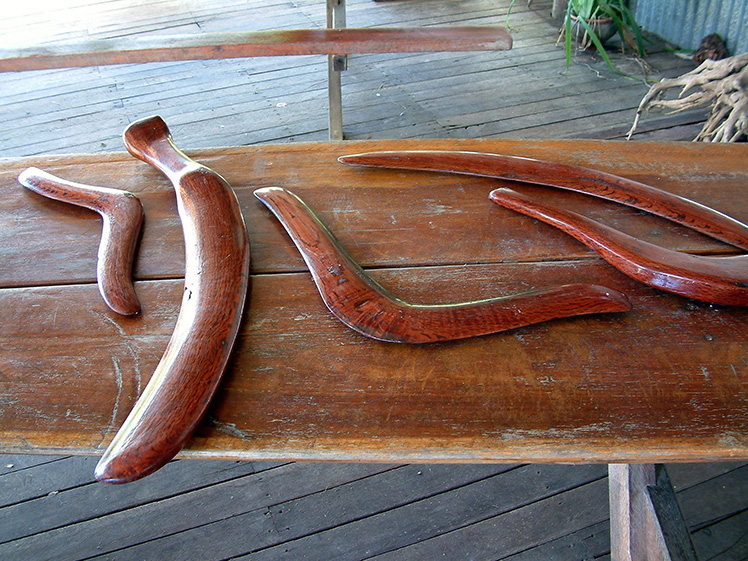
Who do you think invented the real boomerang? The vast majority of us assume that the boomerang is an invention of the Australian Aborigines. However, little is known that the boomerang was used not only in Australia and not only by the Aborigines. Archaeologists have long suspected this when, during excavations in different countries, objects resembling boomerangs were found. The suspicions of archaeologists were finally confirmed when, in 1962, a scientist from the University of Greeninger, Dr. Felix Gese, during excavations conducted in Holland, removed an oak boomerang from the ground, the age of which, as established by radiocarbon analysis, was 2300–2400 years old. The Dutch find was a classic type boomerang, an exact copy of which returns to the thrower in the same way as Australian boomerangs. This find suggests that the amazing weapon was not only an Australian invention. Independently of each other, it was created in many places on our planet.
And not so long ago, in a cave in southern Poland, archaeologists found a 23-year-old boomerang made from mammoth tusk (the oldest Australian specimens are about 15 years old). Boomerangs have now been found on every continent except Antarctica.
By the way, the statement that the main advantage of a boomerang is that it returns directly to the hands is also not entirely true. First, only a few varieties of boomerangs are making a comeback. And secondly, what do you think, is it too difficult for an aborigine who walks tens of kilometers a day to run an extra dozen or two meters behind a boomerang that has fallen to the side? Much more important for the natives is the dignity of the boomerang as the flight range, and it can be up to 200 meters due to rotation, as well as the ability to hit the animal from the side from which it does not expect an attack.

Interestingly, those varieties of boomerangs that returned to the thrower were used mainly for training, rituals, and as a children's toy. A fighting or hunting boomerang was not supposed to return to the thrower, so Jules Verne sinned against the truth, describing in The Children of Captain Grant how a boomerang killed a dozen birds and returned back.










